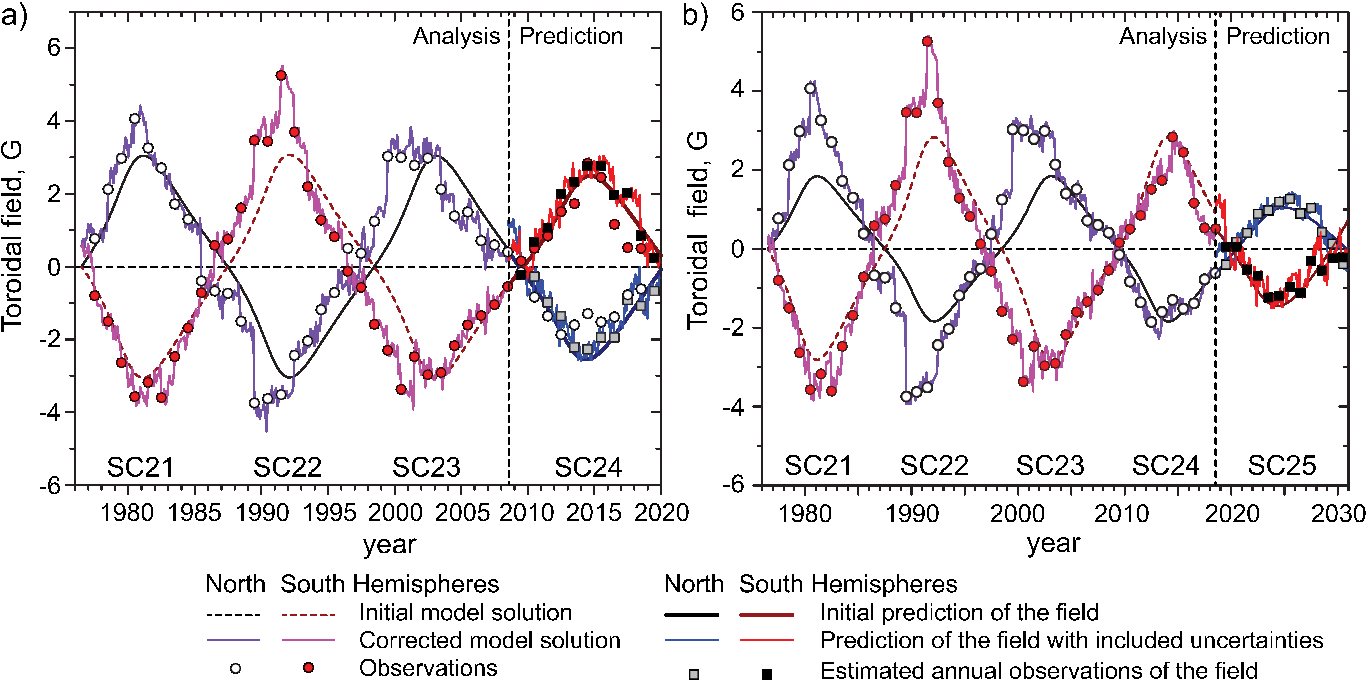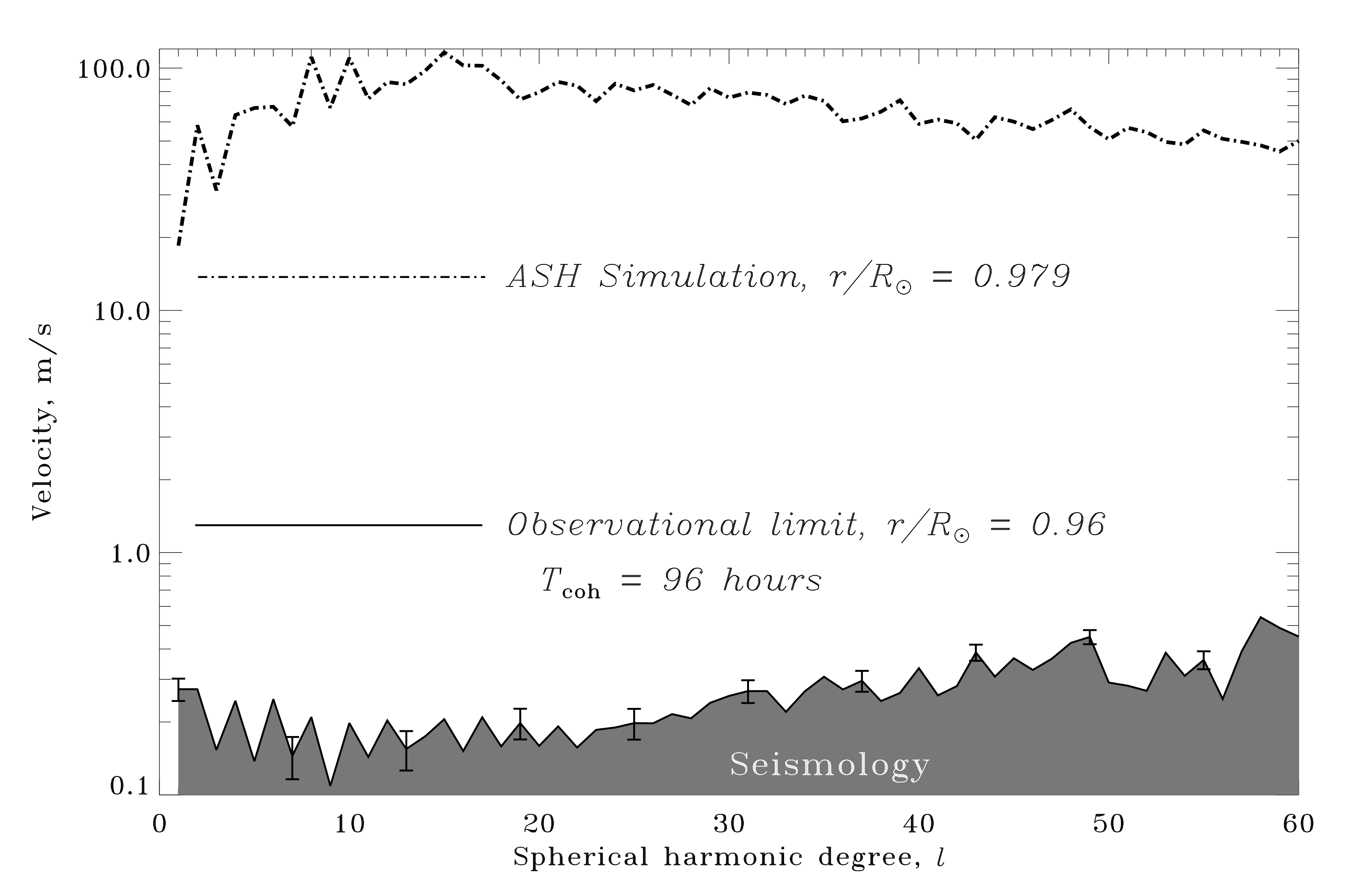Tag Archives: modelling
153. Computing Helioseismic Sensitivity Kernels for the Sun’s Large-scale Internal Flows Using Global-scale Wave-propagation Simulations
A new method to derive the helioseismic sensitivity kernels for the Sun’s large-scale internal flows is developed. The new method is based on the idea of placing a small-volume flow perturbation inside the Sun’s model, simulating the wavefield in the photosphere, and then measuring the phase shifts caused by this internal perturbation.
139. Using Synoptic Magnetograms for Long-Term Solar Activity Forecast
91. On The Origin of the Double-Cell Meridional Circulation in the Solar Convection Zone
27. Anomalously Weak Convection on Large Scales in the Sun
Observed seismic upper bounds on large-scale lateral (horizontal) convective-velocity amplitudes in the solar interior at the depth r/R = 0.96 do not agree with modeling results derived at a similar depth from global convection simulations. The observations of low convective-velocity amplitudes throw into question our understanding of thermal and angular momentum transport in the Sun.






